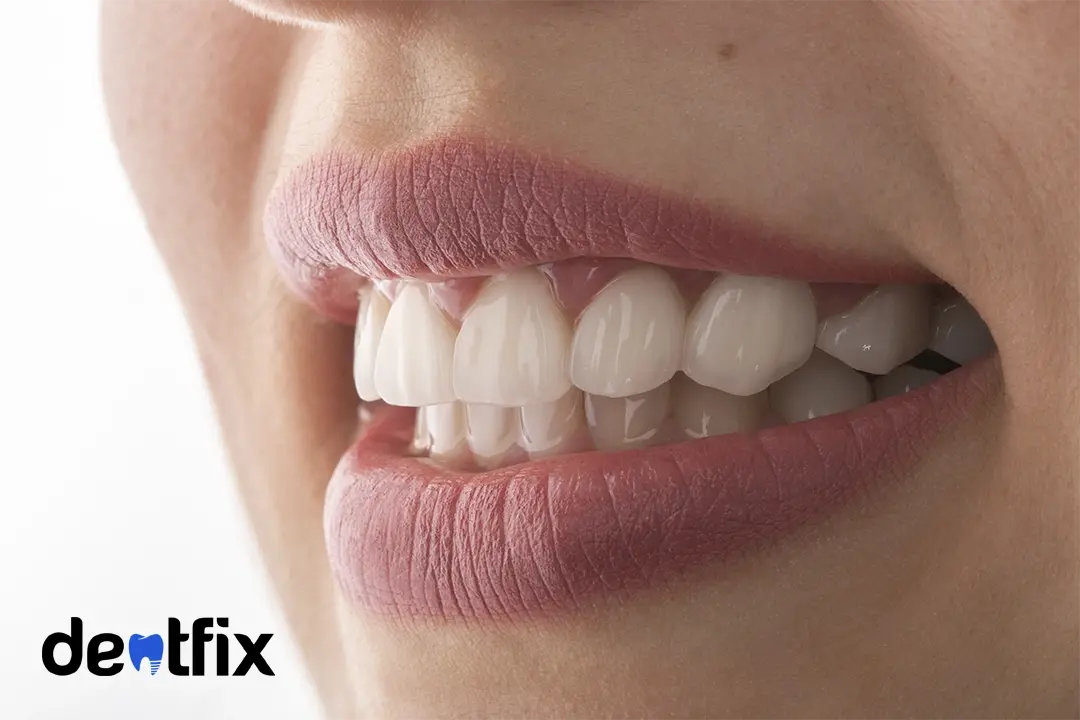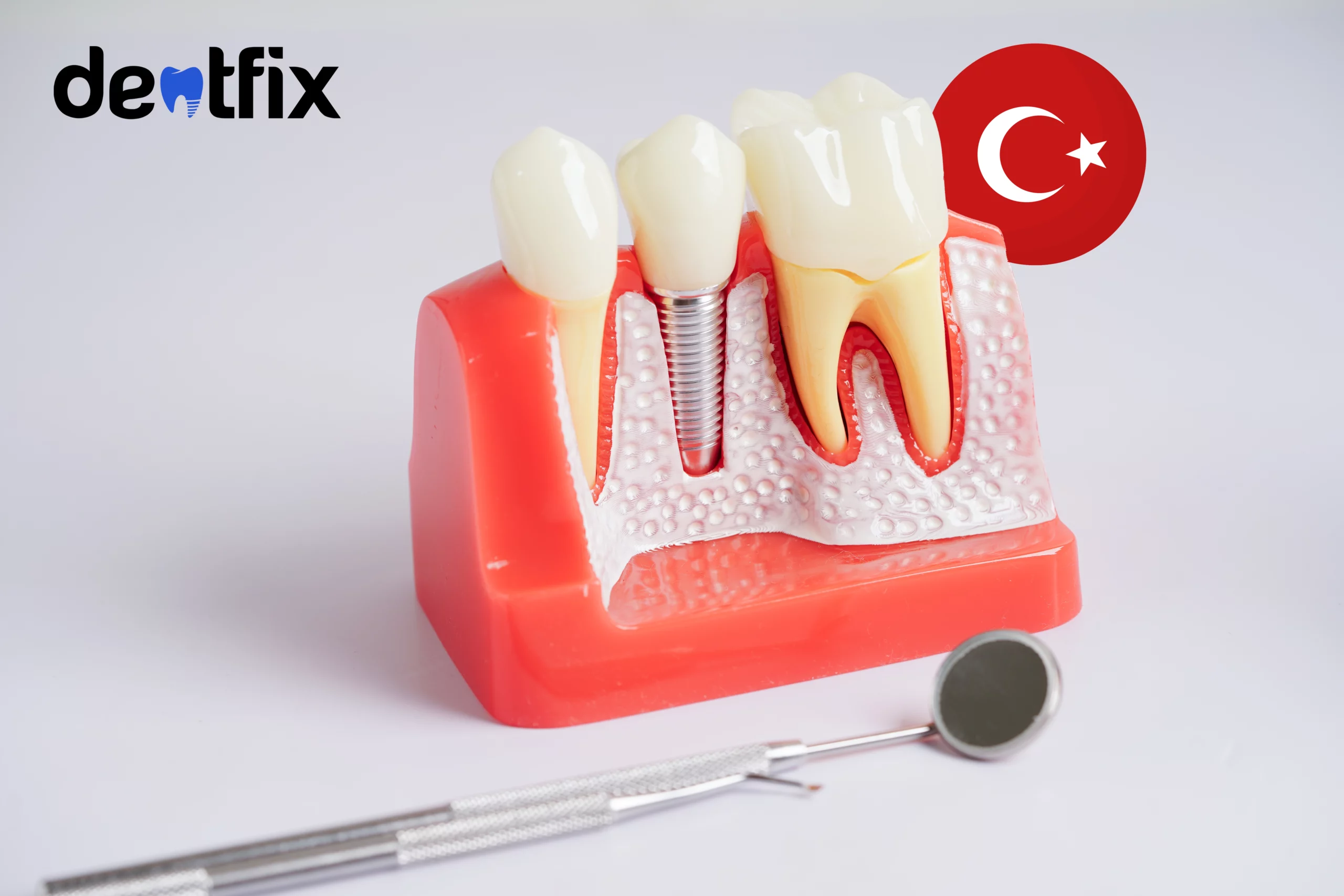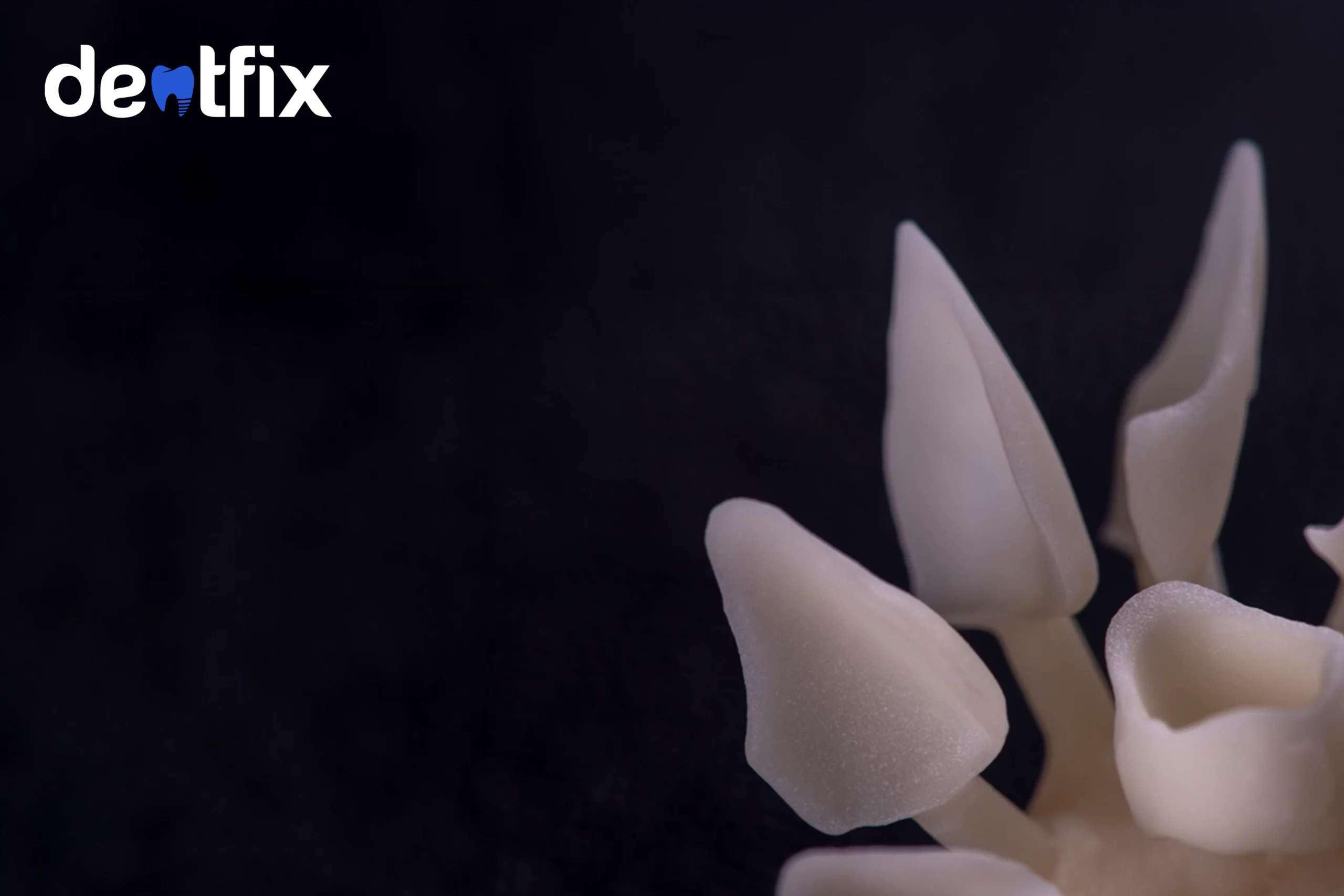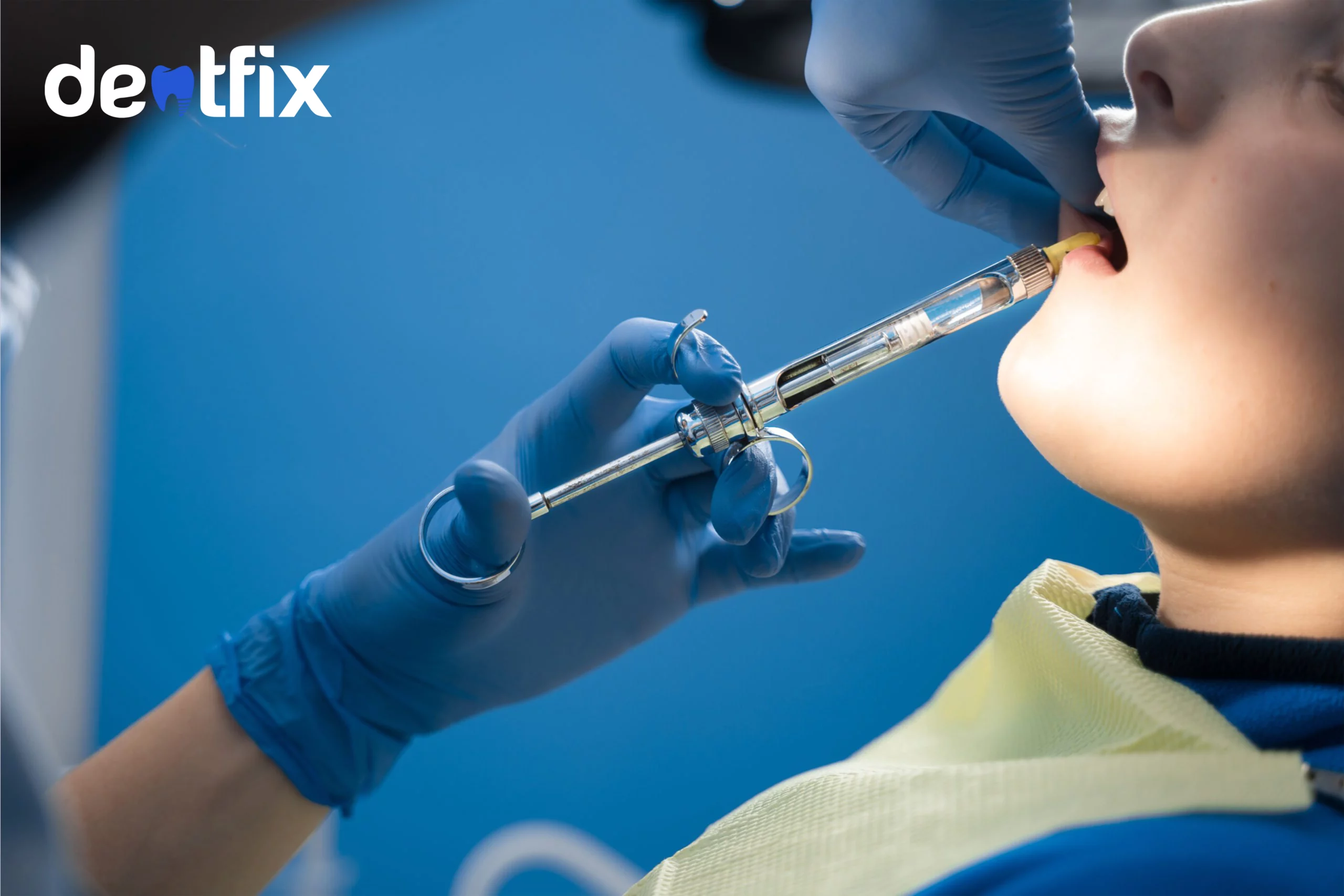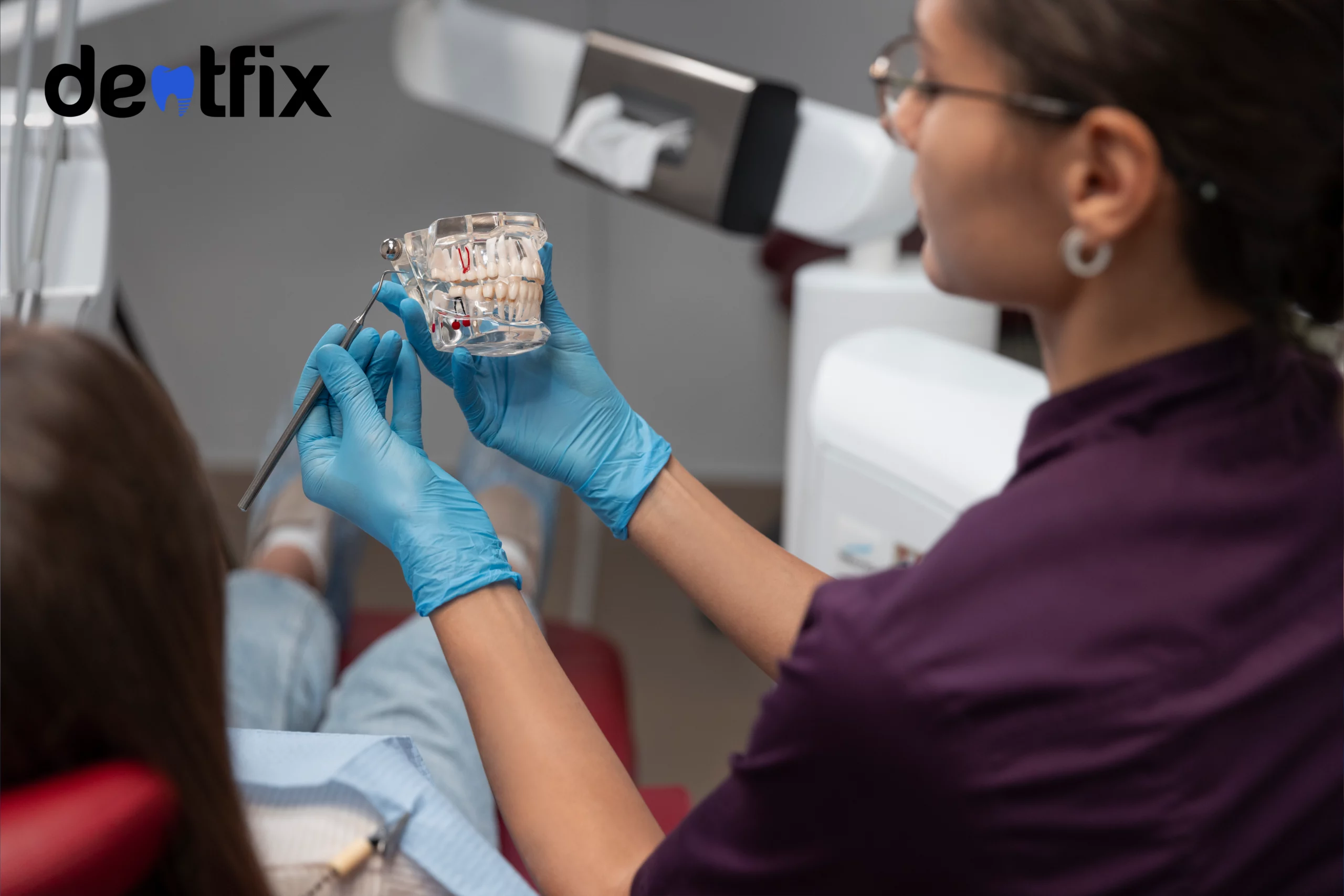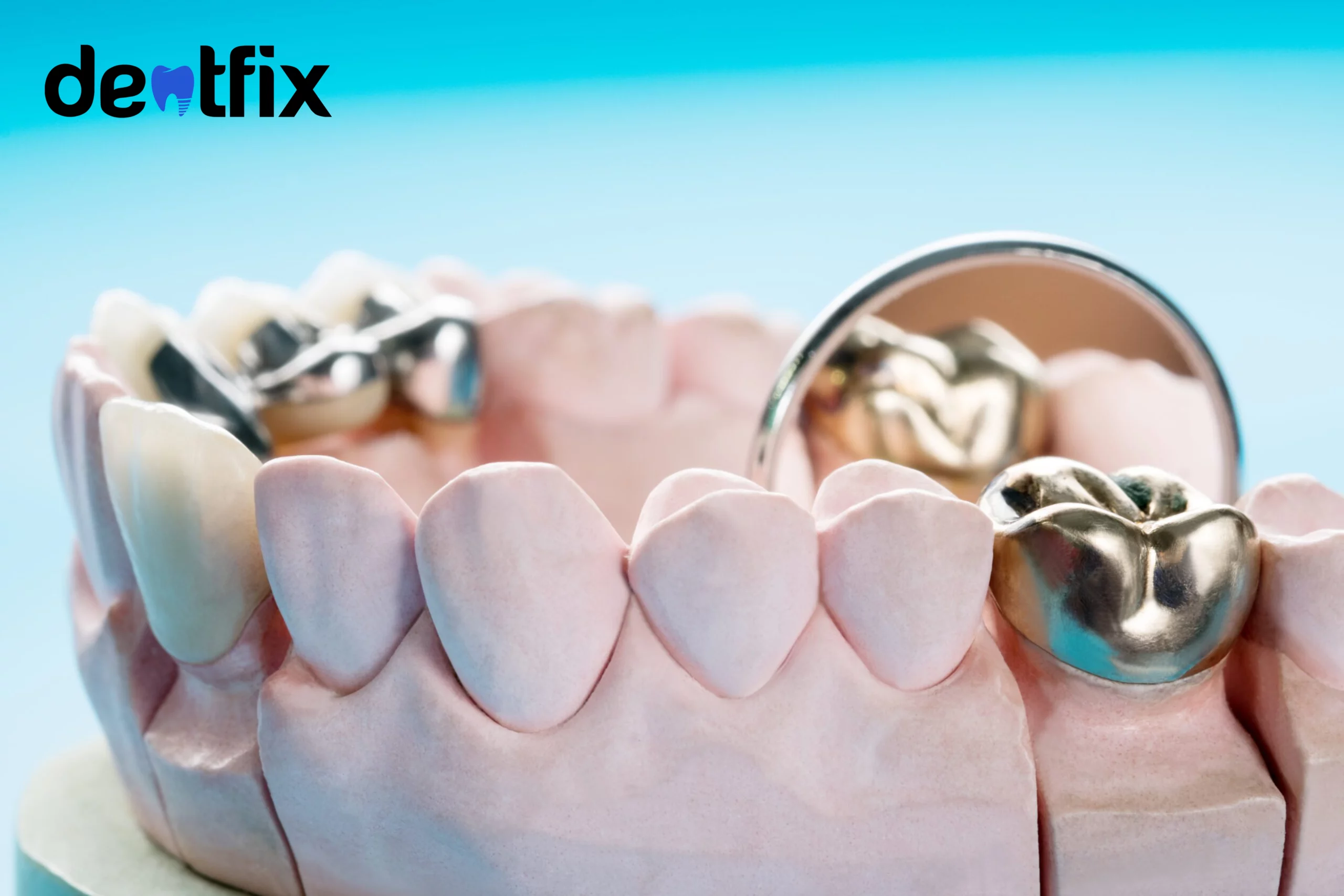What not to do after whitening teeth? Teeth whitening is among the most popular dental procedures in a dental office. It is a fast, easy, and effective way to achieve the white smile of your dreams. Generally, you should be very careful about what you eat for the first 72 hours after your teeth whitening. You can resume your general habits after this initial period. But understandably, you might want to enjoy the benefits of a dental whitening procedure as long as possible. To prolong the effect of professional teeth whitening, there are certain things you should avoid as much as possible.
In this article, we will go through what not to do after whitening teeth so you enjoy your beautiful smile as long as you can.
What not to do after whitening teeth? Here’s what to avoid
Because teeth whitening is a fairly simple and easy procedure, it is easy to forget that you are in a post-treatment period. It is a common myth among people that professional teeth whitening can lead to teeth getting stained even more. This is not true in the sense that people generally mean, which is that you will need treatments more often as result. However, right after the teeth whitening procedure, your teeth will be more susceptible to staining by food and drinks which have dark color pigments. The reason for that is, during the teeth whitening procedure, the dentist opens your teeth ‘pores’ (tubules) and uses a high-strength whitening gel. This gel penetrates the tooth enamel and bleaches the stubborn stains on your teeth. Therefore, while your teeth are freshly out of whitening treatment, be careful in what you are consuming. These pores will be more prone to staining at this stage. Below, you can find a few suggestions on what to avoid.
Avoid colored drinks (that stain!)
After the teeth whitening treatment, the first two-3 days is the most crucial time period. Your teeth will stain easily. During this time you should avoid drinking anything that can cause staining on your freshly whitened teeth. These include:
- Red wine
- Tea
- Coffee,
- Fruit juice
- Smoothies
- Beer
- Tomato juice
- Colored pasta sauce like tomato sauce
These drinks have strong, pigmented colors that can easily stain your teeth. If you would like to keep drinking some of these drinks after the initial period, make sure to use a straw. This will prevent direct contact that these liquids might have with the front surface of the teeth.
Avoid colored foods that might stain
Certain foods you might eat may stain your teeth as well as the drinks we mentioned above. The acidic foods, greasy foods or anything that might use vibrant artificial food coloring will damage and/or stain the natural tooth enamel. Check out the list of foods below and avoid consuming them right after your whitening treatment.
- Dark chocolate
- Milk chocolate
- Red meat
- Mango
- Kiwi
- Plum
- Blueberries
- Blackberries
- Raspberries
- Tomatoes
- Carrots
- Spinach
- Beet
- Soy sauce
- Ketchup
- Staining spices such as turmeric, curry, paprika etc.
The list of foods and drinks we mentioned above stains your teeth even without any whitening treatment. Their effects will be worse when the teeth are in a post-whitening state. They are more vulnerable and stain more easily with these staining agents.
So, while you are deciding what to avoid eating, think of anything that might create a stubborn stain on white surfaces. A common method dentists recommend is the so-called ‘white shirt’ test. Think of any foods or drinks that might stain a white shirt. You should avoid any such foods during the initial period after your teeth whitening procedure.
Don’t consume acidic and sugary foods
After the teeth whitening treatment, you should avoid acidic and sugary foods as well. The whitening treatment as we mentioned above, weakens the tubules or ‘pores’ of your teeth. Sugar and acidic foods will increase the weakness of the enamel even further. The reason to avoid these foods is that sugar in them harms the natural structure of the teeth. They might trigger any decay-causing bacteria to grow on the teeth which can lead to irritation and staining. Plus, most of the foods that contain artificial sugar like candy or ice cream also have food coloring. Avoiding chewy foods will decrease the risk of damage too. If the chewy food gets stuck on the surface of the teeth, it might cause stains to form. It can also cause damage on the surface of the teeth which have freshly gone through a chemical process. Along with acidic and sugary foods, try to avoid anything that is too chewy as well.
Some of the sugary, chewy, and acidic foods to avoid could be:
- Cookies
- Ice cream
- Candy
- Toffee
- Balsamic vinegar (or other types of vinegar as well)
- Orange
- Lemon
- Lime
- Soft drinks & dark sodas
Cigarettes and other tobacco products
Cigarette smoke and other tobacco products are among the most prominent causes of teeth staining. They are especially more dangerous in terms of staining your teeth right after teeth whitening treatments. Patients who use tobacco products say that they need to do touch-ups to their teeth whitening treatment more often because of staining. If you use cigarettes or chew tobacco, the best way to eliminate teeth staining will be to cut out tobacco products. That way, not only you can enjoy white teeth for longer, but also you can eliminate many other health risks that come with smoking as added bonuses.
Dental hygiene products that might stain
This might be surprising, but some dental hygiene products might stain teeth as well. If you use colored toothpaste or mouthwash, you might want to take a break from them in the first few days after your teeth whitening procedure. If you are wondering what kind of colors the dental product might stain, these might be blue, red, purple, orange, or black (in coal toothpaste). It would be safe to stick to white or non-colored dental products at this stage for the best results.
An extra thing to look out for in your toothpaste in this period could be fluoride. Fluoride helps with sensitivity as well as maintaining the white color of your teeth.
Consuming too hot or too cold foods or drinks
Another mistake many people make after the teeth whitening procedure is eating or drinking things that are too hot or too cold. After the teeth whitening procedure, the expectation is that there will be a certain level of sensitivity. During this time, you should avoid anything that might have extreme temperatures. Some people’s teeth might not even tolerate anything other than lukewarm.
Avoid forgetting your oral health
The first thing to do is take care of oral hygiene. Gently brush 2 or 3 times a day for two minutes and floss regularly. Use a soft-bristled brush and a non-abrasive kind of toothpaste. You can choose a toothpaste for sensitive teeth and one that contains fluoride.
Don’t forget about post-procedure care
A study shows that post-whitening treatments such as the application of fluoride, fractional CO2 laser, and nanohydroxyapatite are effective. Right after the whitening procedure, treatment with nanohydroxyapatite significantly shows the least amount of color lapse. Nanohydroxyapatite is a very fine hydroxyapatite powder used, mixed with other materials, to help remineralization. Other treatments that focus on the hardening of the bleached enamel also help with preventing stain absorption.
Don’t forget to follow these tricks while eating & drinking
After the initial period of aftercare for your whitened teeth, you can diversify the foods you consume. Some meals can enhance the effect of the teeth whitening procedure. For example, increasing the amount of dairy products you consume or other forms of calcium will whiten your teeth along with strengthening them. Another example is eating crunchy fruits and vegetables. When you eat foods like apples, celery, and carrots, their crunchy nature helps clean the teeth from surface-level stains. They brush the stains before they have a chance to stick. These types of foods also increase the amount of saliva you produce. Saliva also cleans and hydrates the teeth, which helps fight the effect of acids on the teeth. Just make sure that if any of these foods have darker colors, take a sip of water after you eat them. This will clean out the stains that might come from them. You can use this method for drinking any colored liquids too. Another trick you can use when you cannot drink water or brush your teeth right away is to chew some sugar-free gum. This can help you prevent staining as well.
Forgetting regular follow-up visits to the dentist
Don’t forget to do follow-up visits to your dentist’s office after your treatment. After your whitening treatment, your dentist might want to monitor your teeth’s progress and see if everything is on par with the treatment. This can also allow them to give specific advice on each stage of the post-treatment period. You should also keep up with your regular dental checkups to make sure there are no problems with the condition of your teeth.
So what should I eat and drink after teeth whitening?
With all of the information we provided above, you might be wondering what foods and drinks are safe to eat after teeth whitening. We can recommend a few foods and drinks that will not stain your teeth. A rule of thumb to follow is sticking to a lighter color palette for your foods and drinks during this period. Something that many dentists recommend is following the so-called ‘white diet’ for the first few days of your whitening treatment. This diet basically suggests avoiding acidic and/or colorful foods and beverages, as we mentioned above. The first few days are very important for making sure your results last for longer.
You can eat:
- White fish (such as cod, tilapia, haddock, etc)
- White rice
- Plain yogurt
- Chicken
- Turkey
- Tofu
- Pasta (light-colored)
- Oatmeal
- Cereal without any artificial colouring
- Egg whites
- Potatoes
- Nuts like almonds, cashews, hazelnuts etc.
- Cauliflower
- Chickpeas
- Pears
- Bananas
- Apples
- White bread
- White cheese
You can drink:
- Water
- Milk
- Coconut water
- Coconut milk
- White wine (although the alcohol still might irritate at this stage)
The foods and drinks we listed above are safe to consume during the first few days after your treatment. After this period you can start to incorporate other types of foods and drinks into your diet as usual. Keep reading to find out our tips for what to do after the initial healing period!
Conclusion
The professional teeth whitening treatment is generally a safe and easy procedure that can change your look drastically. White teeth are one of the signs of an attractive face and can give a very positive first impression to the world. After getting a professional dentist to whiten your teeth, there are a few things you should avoid doing. This enables you to maintain your results for a longer period of time.
You should avoid any pigmented, colored foods and drinks for the first few days after the whitening procedure. The colored foods and drinks will stain your teeth during this early period and undo some of the work that the teeth whitening procedure has done. After the initial period, the pores on your teeth will close and you could continue eating your favorite foods. You should also avoid foods that are acidic, sugary, and too hot or too cold. The acidic and sugary foods might cause damage to your teeth’ surface and lead the decay-causing bacteria to grow. You can continue on with your usual habits after this initial period, but use a straw when you consume acidic drinks. But maintaining some of these habits after this period will be beneficial for your teeth in general.
References:
https://www.rasmussendental.com/blog/2019/2/21/4-things-not-to-do-after-whitening-your-teeth
